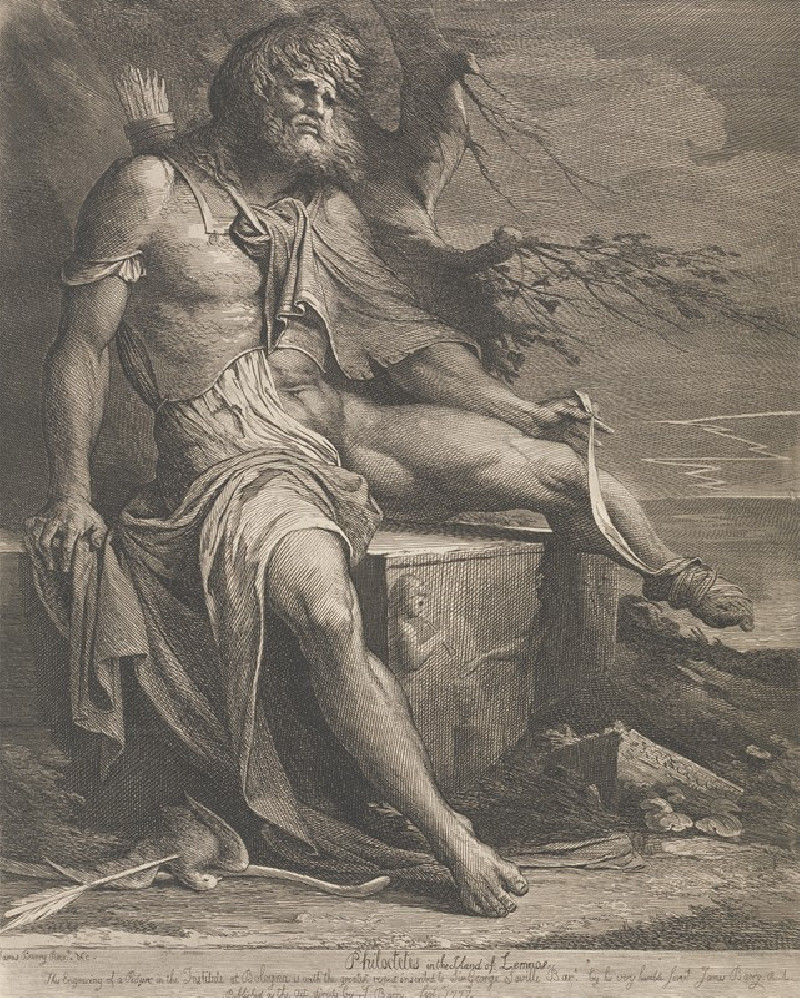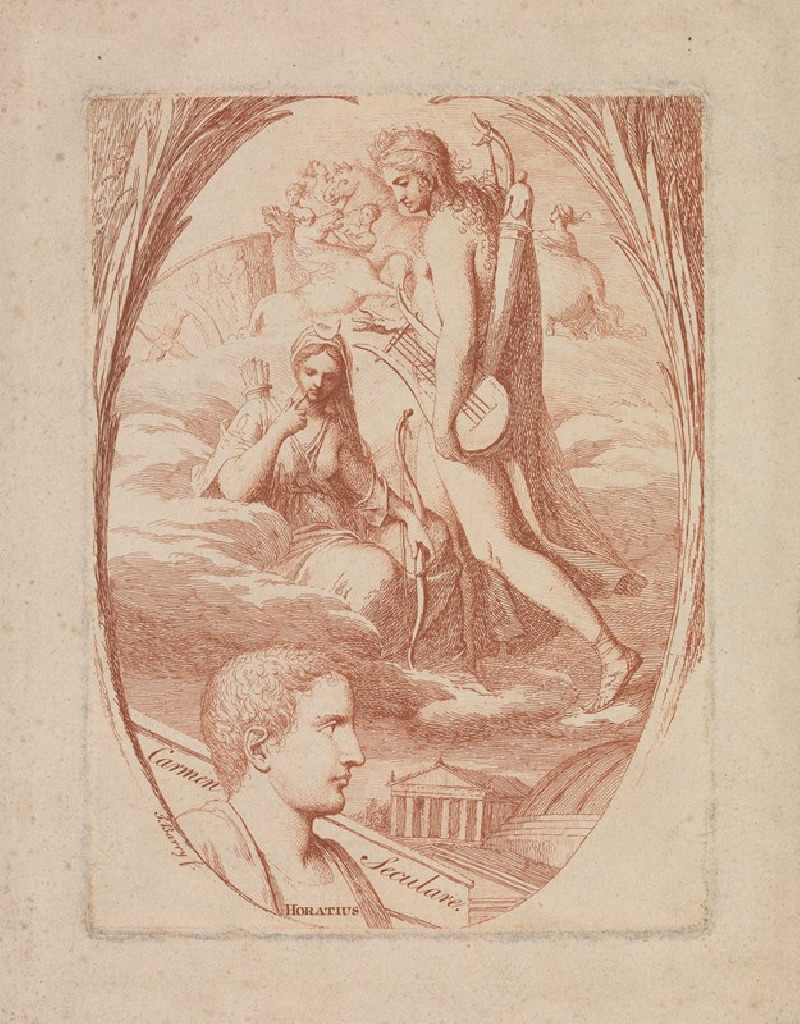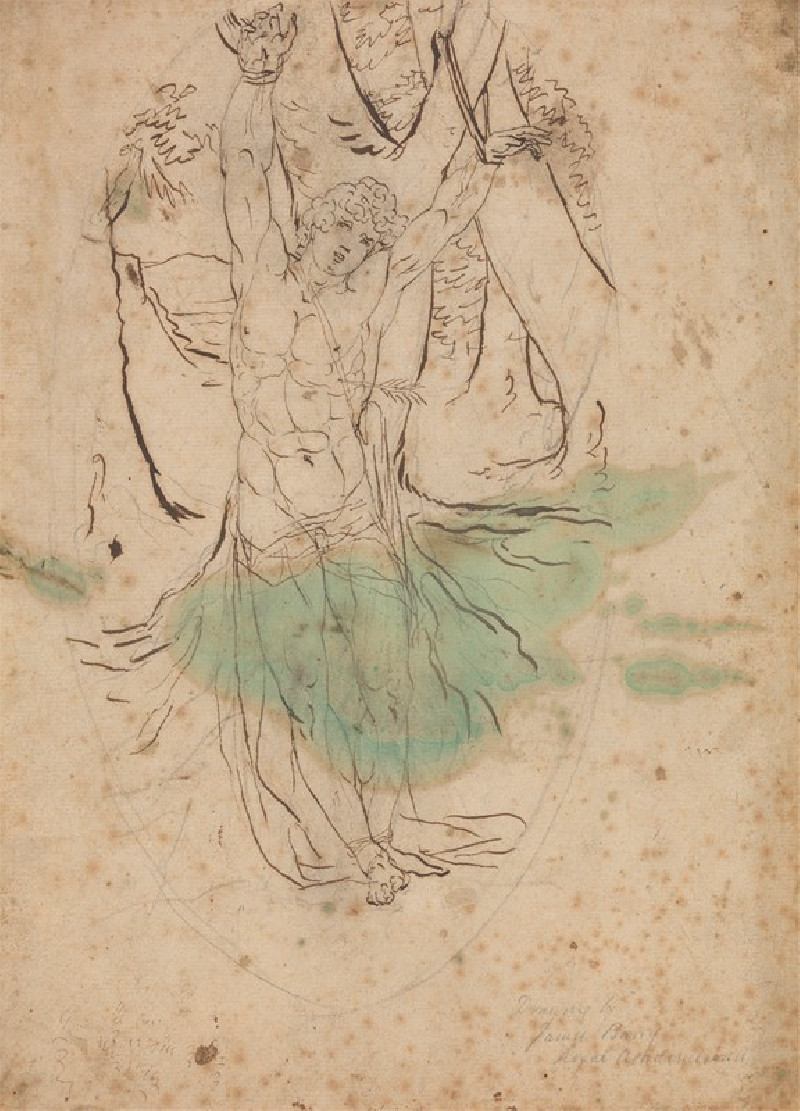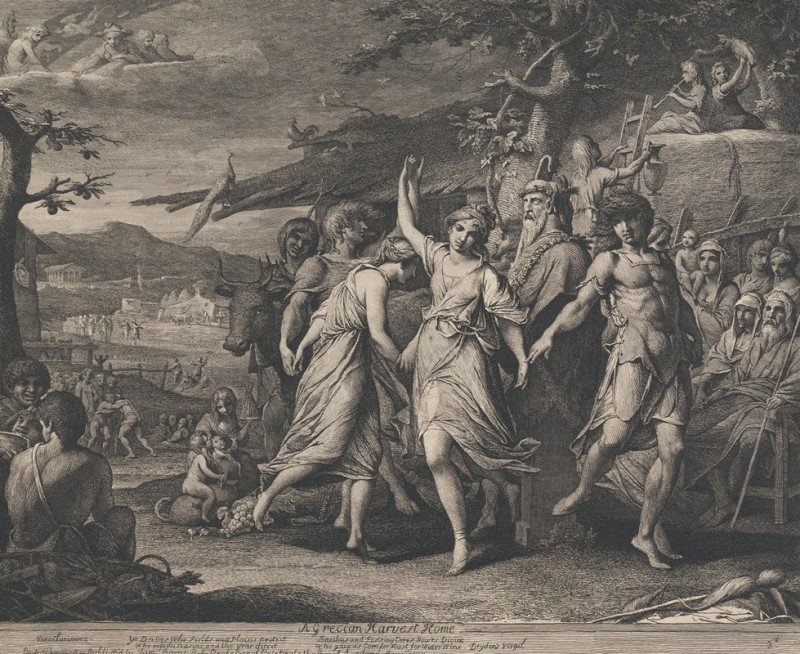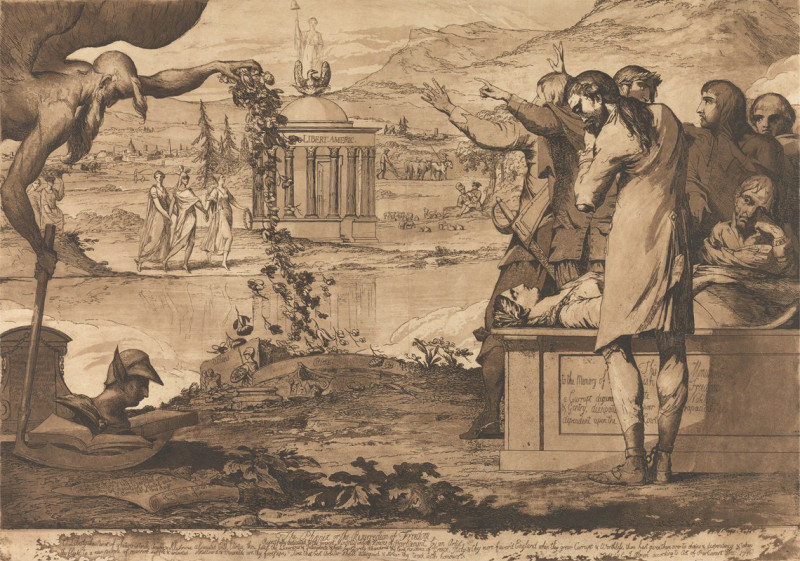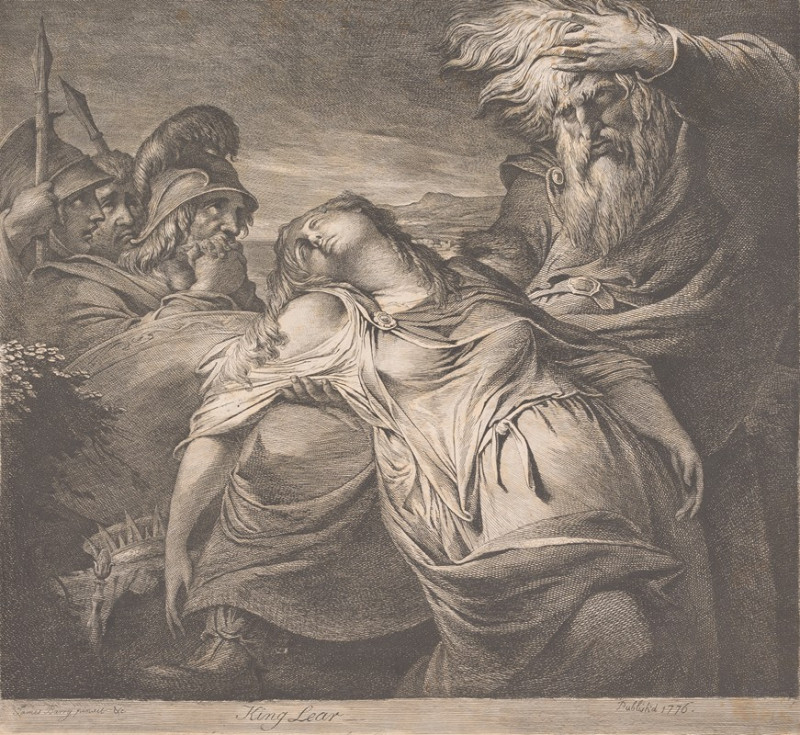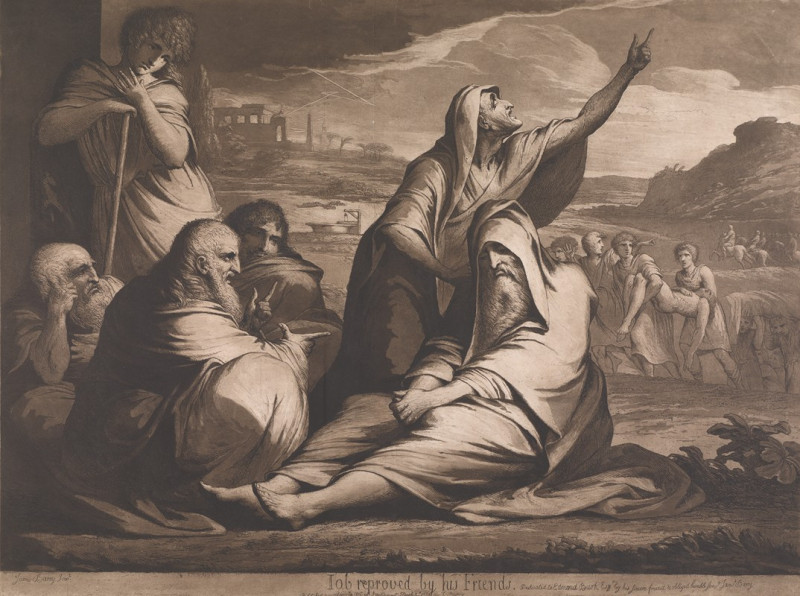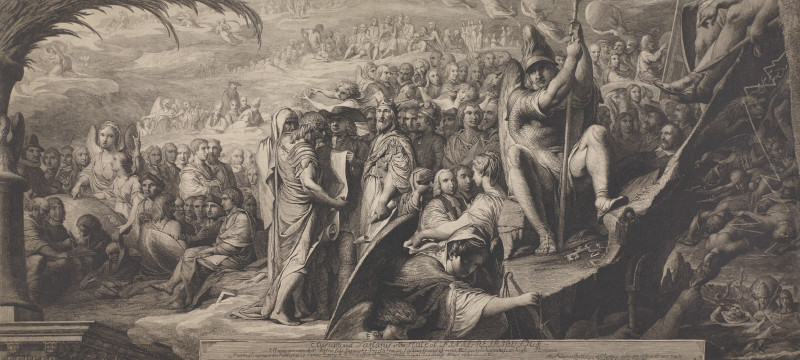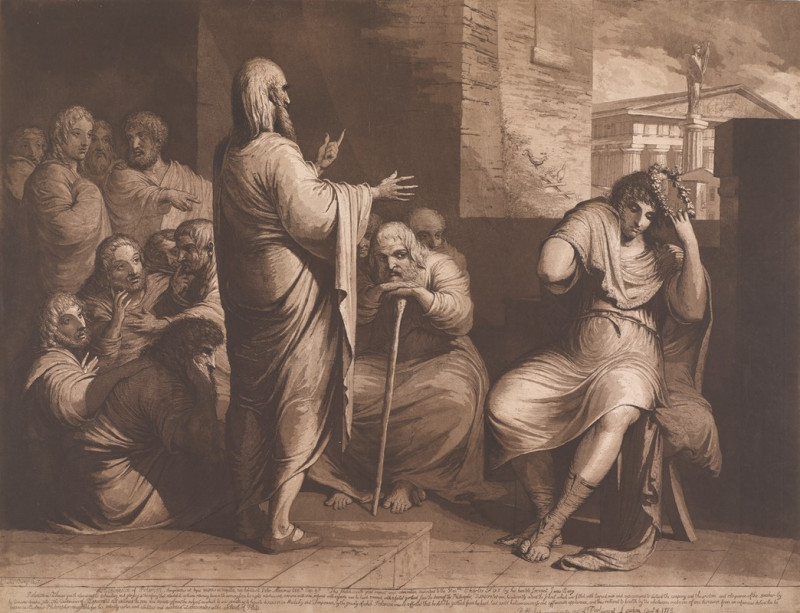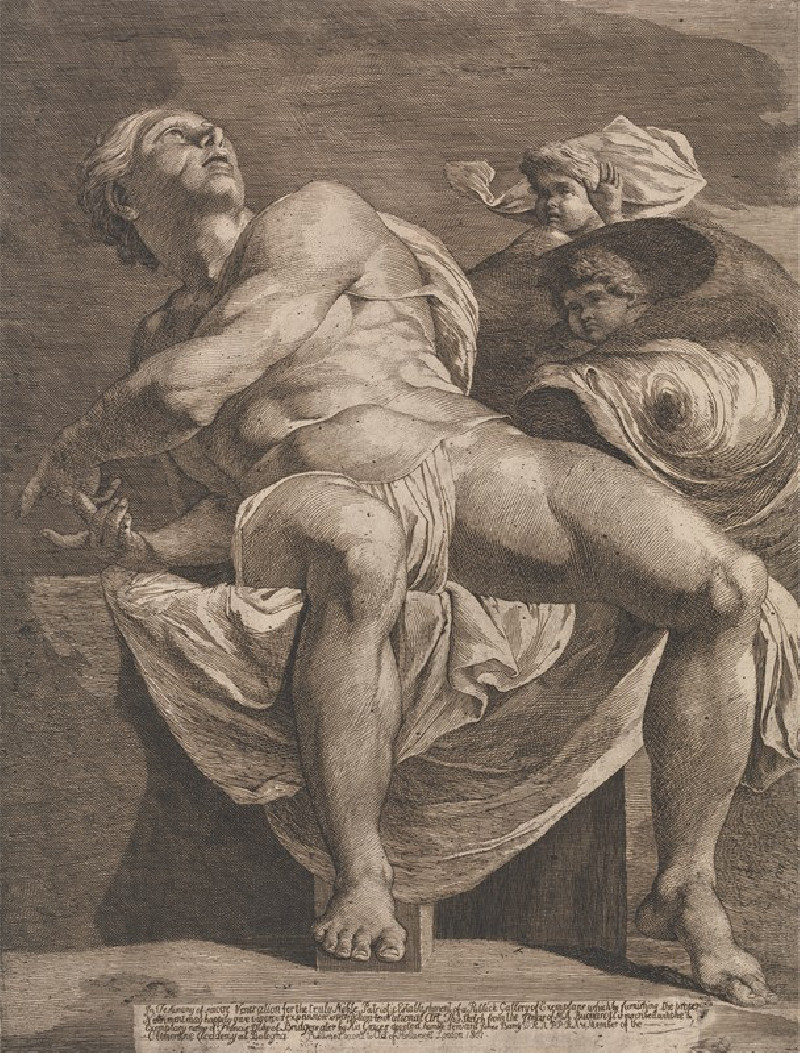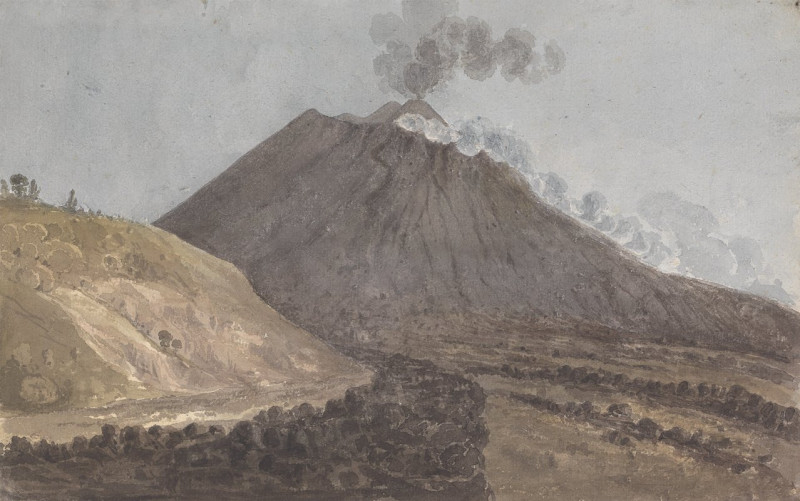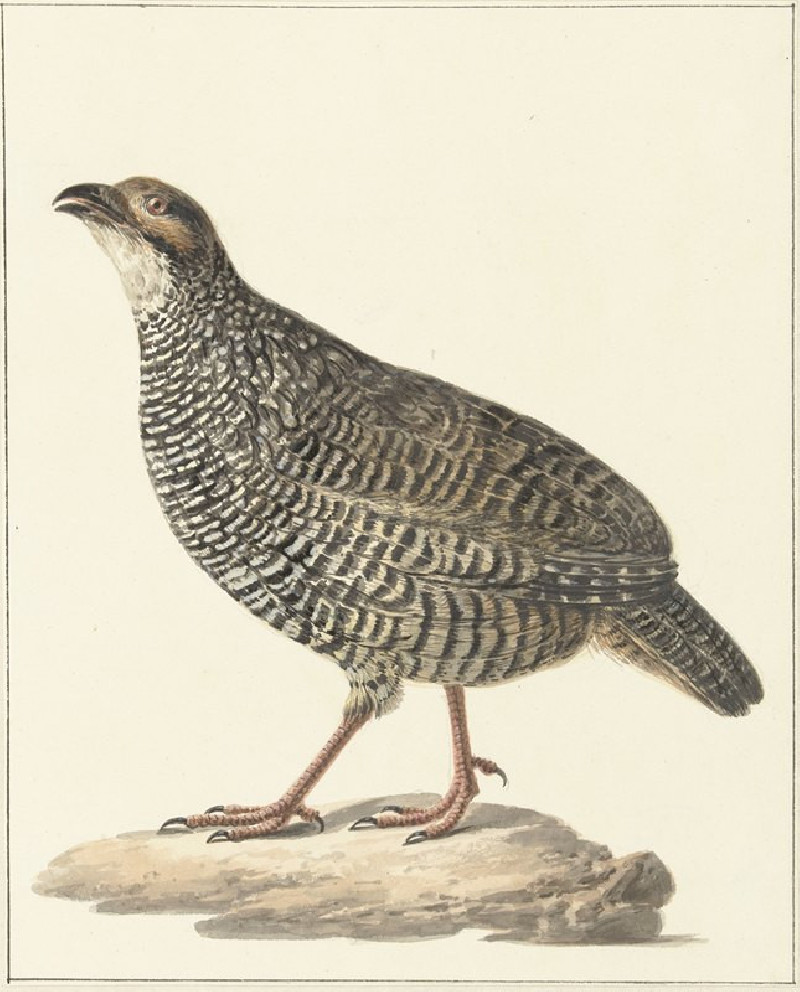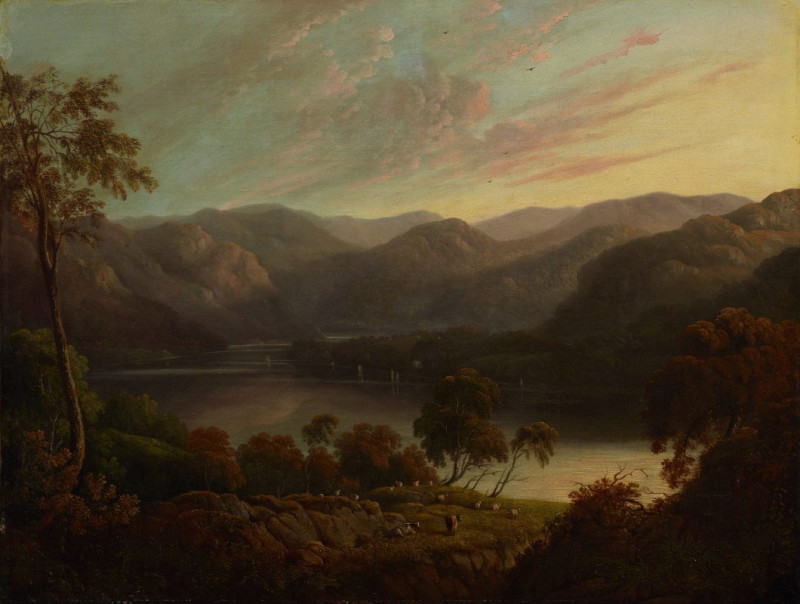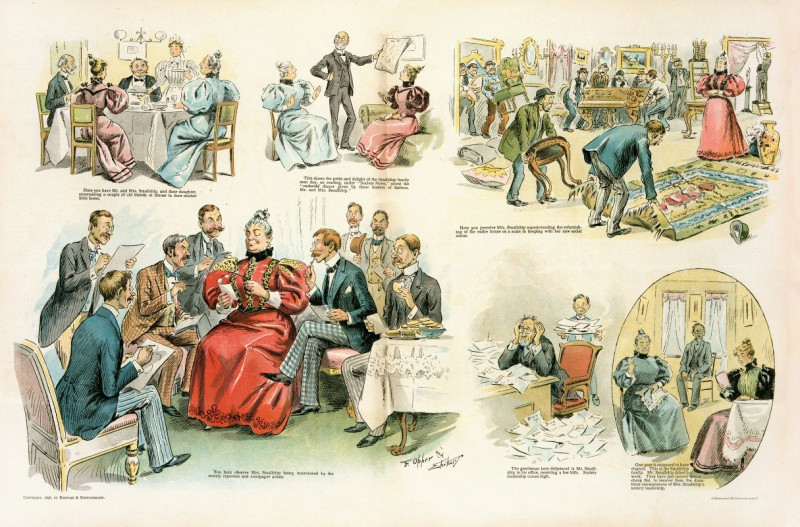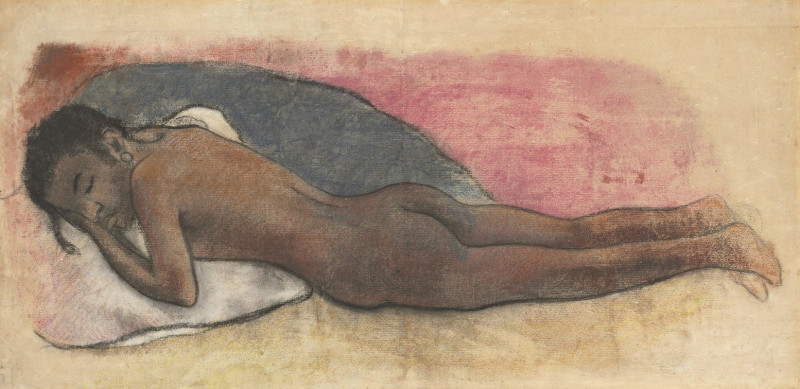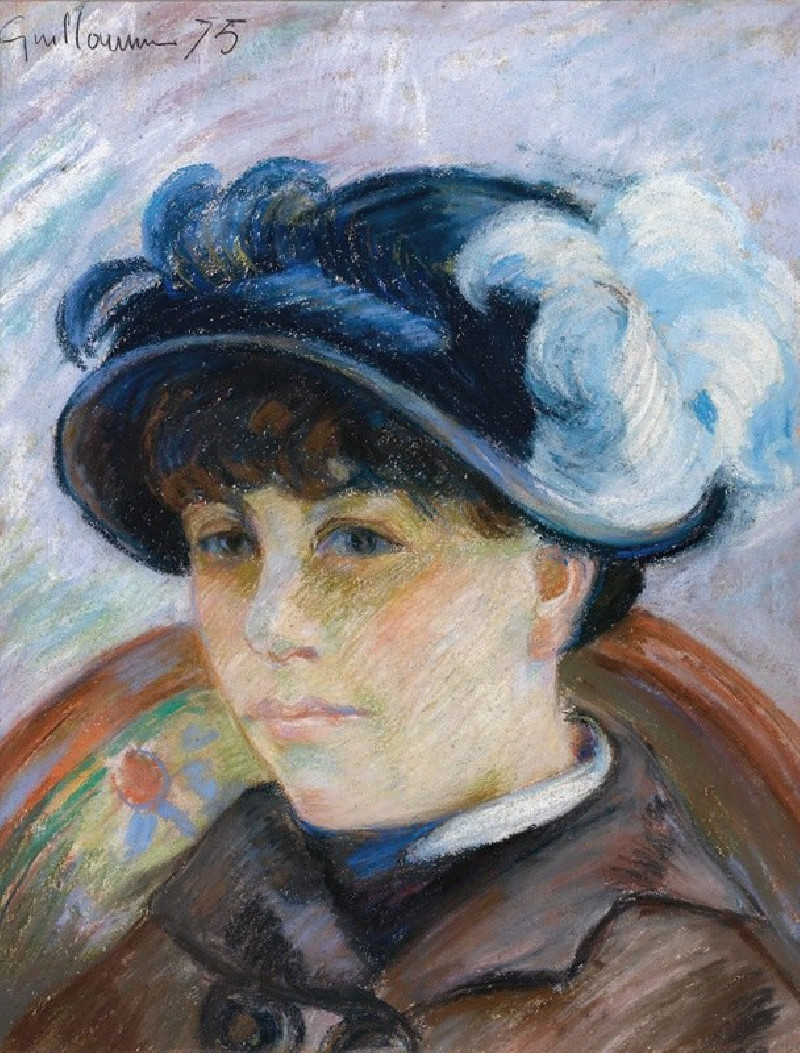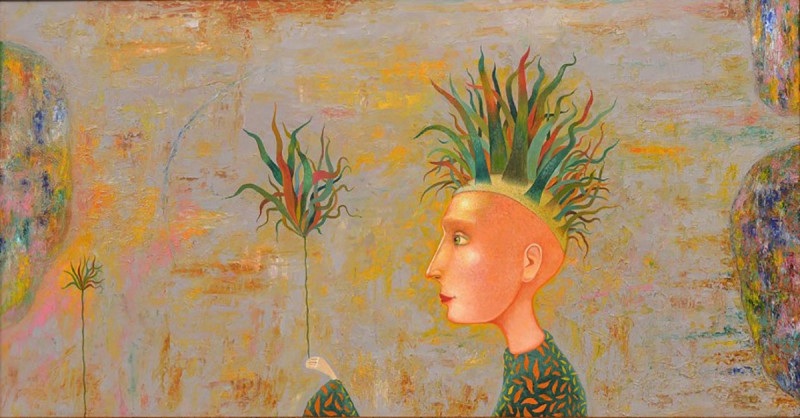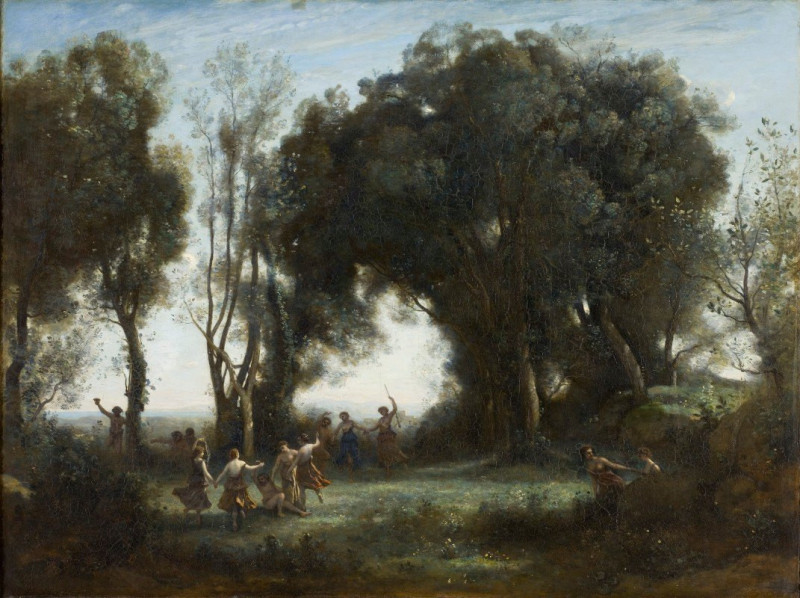Philoctetes in the Island of Lemnos (1777)
Technique: Giclée quality print
Recommended by our customers
More about this artwork
James Barry's potent 1777 engraving, "Philoctetes in the Island of Lemnos," captures the tragic intensity and isolation experienced by its mythological subject. Set against a rugged landscape, this work of art brilliantly conveys the themes of abandonment and resilience through its dramatic and detailed portrayal.In the picture, Philoctetes, a figure from Greek mythology, is depicted as a lone and suffering hero. According to legend, Philoctetes was marooned by his Greek comrades on the desolate island of Lemnos due to a festering, unbearable wound. Barry's rendition shows him in a state of despair and pain, seated, with his wounded foot prominently displayed. His posture and expression convey a profound desolation and weariness, highlighting his physical and emotional torment.Around him, the primordial and untouched landscape of Lemnos further emphasizes his isolation. The items scattered at his feet, including a bow and arrows - gifts from the hero Heracles - hint at his past prowess and current vulnerability. The carefully etched textures of his rough clothing and unkempt hair add to the realistic portrayal of a man forsaken by his peers yet clinging to survival.James Barry's use of dramatic contrasts in lighting and meticulous detail crafts a poignant narrative that invites viewers to contemplate themes of human suffering, the capacity for endurance, and the cruel turns of fate.
Delivery
Returns
James Barry (11 October 1741 – 22 February 1806) was an Irish painter, best remembered for his six-part series of paintings entitled The Progress of Human Culture in the Great Room of the Royal Society of Arts in London. Because of his determination to create art according to his own principles rather than those of his patrons, he is also noted for being one of the earliest romantic painters working in Britain, though as an artist few rated him highly until the fully comprehensive 1983 exhibition at the Tate Gallery led to a reassessment of this "notoriously belligerent personality”, who emerged as one of the most important Irish artists. He was also notable as a profound influence on William Blake.

